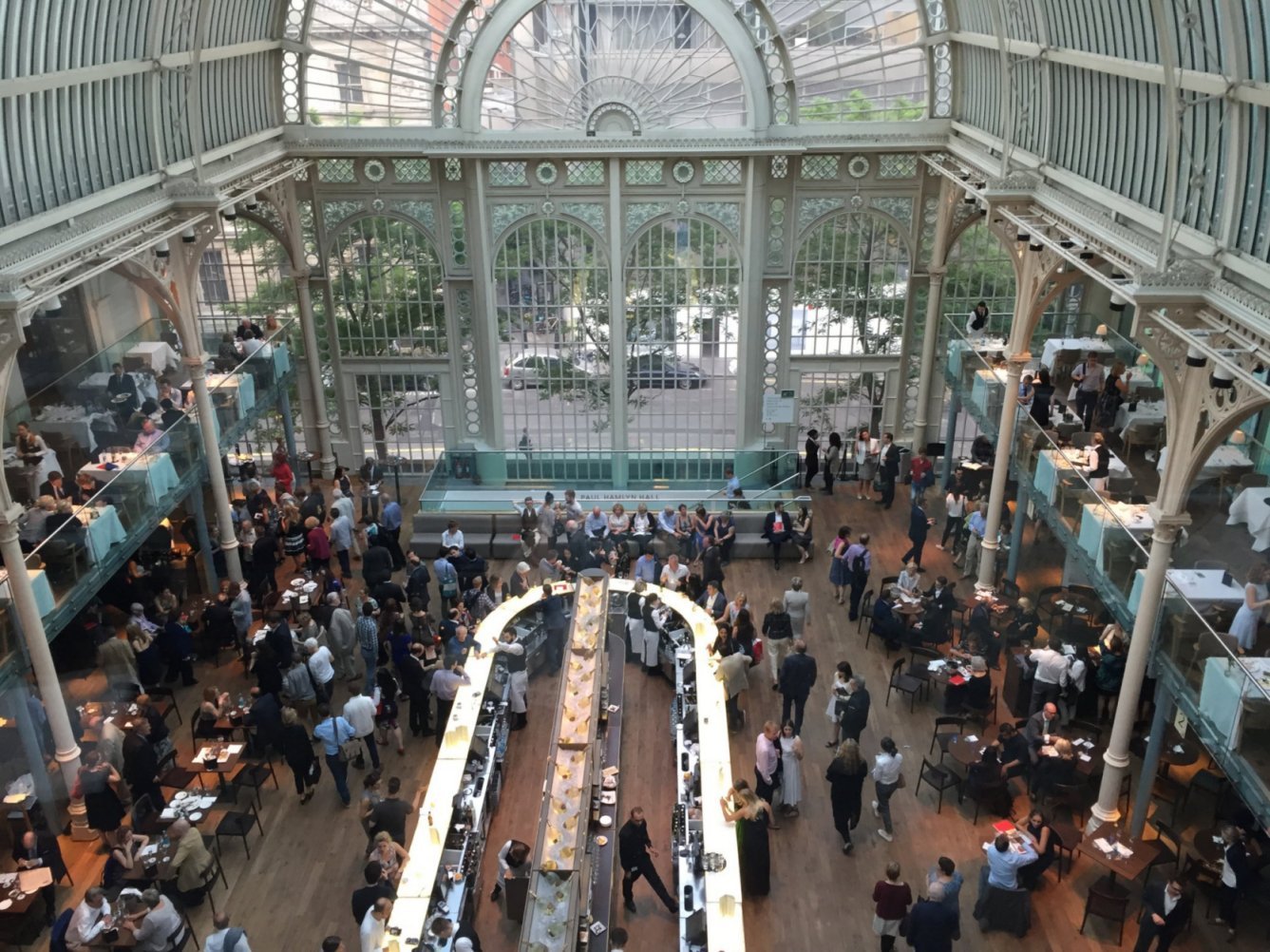
Are intervals necessary?
Are theatre intervals a helpful pause or an annoying inconvenience? Rachel Beaumont puts the question to Royal Opera House audiences.
How often have you longed for an interval and the chance to escape and stretch your legs? Or have you ever felt an interval was a rude imposition, a frustrating break to your concentration and an unnecessary extension to the running time?
Chances are the answer to both these questions will be sometimes. Intervals are an integral part in the culture of live performance, but they can have a surprisingly significant impact on our enjoyment. Intervals give the opportunity for performers and audiences alike to have a breather, a loo break or a quiet moment to prepare for the rest of the show. They also allow the creative team time for complex scene changes and audience members a chance to discuss with friends or tide off hunger. Yet an interval seriously affects the pace of the drama, and if ill-judged, can be detrimental to an audience’s enjoyment.
Cynics saw money-minded motivations behind both an interval and the lack of an interval
At the Royal Opera House (ROH) the question of the interval comes in for special consideration for several reasons. Operas and narrative ballets such as Swan Lake or The Nutcracker are often around three hours long – shorter than the average action blockbuster but still much longer than most spoken drama. Many of the works we perform had their premieres decades or centuries ago, and so carry with them long histories of performance practices and consequent audience expectations (which may obscure the composer or choreographer’s original intentions). And then there’s the important tradition of performing one-act ballets or operas as part of a mixed programme. Some of these works might be only ten minutes long or less (take Jerome Robbins’ ballet Afternoon of a Faun), but they still need to be clearly separated from the other works in the programme.
For our recent revival of Richard Wagner’s Der Fliegende Holländer we put the question to our audiences: Are intervals a frustrating distraction or a valuable break? It’s a particularly pertinent point with this opera. During Wagner’s lifetime it was always performed with two intervals, but in 1901 his widow Cosima introduced the practice of running it through without a break (all two and a half hours of it), a tradition that ROH follows. Supporters of the practice love the increased focus in an already claustrophobic drama. Critics object to the unwarranted test on their endurance in both concentration and bodily comfort. Cynics argue that the whole phenomenon is just a self-important attempt to make this relatively short Wagner opera seem just as serious as his famously lengthy later works (the Ring Cycle clocks in at around 15 hours).
Audience responses were predictably mixed. Rob G commented on our website: “Sitting in the amphitheatre or on a bench seat for too long is not a pleasant experience so definitely in favour of intervals.” @Hadrovich averred on Twitter: “Don’t make me sit for longer than 90 mins without a break. Ideally every hour. Don’t care what the composer wanted.” For Charles, “Running a piece for two or two and a half hours without an interval is ridiculous and I wish this fad would end. I can get engrossed in something but when my bum hurts, my interest gradually wanes until all I am thinking about is how I want it to end. Also, if I am with friends I want time to discuss what is going on.” Coppelia put it succinctly: “Going to the opera house shouldn’t be an endurance test.”
On the other hand, Jonathan Sydenham argued: “Many cinema films are over two hours long and nobody demands an interval… An added bonus would be earlier curtain times!” @effrarunner agreed: “Adds to the drama and suspense. Helps concentration. Don’t waste it with queues and idle chatter.” Talking specifically about Der Fliegende Holländer’s live cinema broadcast, Helen Berry stated: “Any interval would have destroyed the psychological darkness so skillfully built up as the opera progressed.” Karen found the same thing: “I don’t find intervals ‘break’ the spell or mood at all and have always assumed that it helps the performers as much as the audience.”
Ballet came in for particular comment – both the mixed programmes and relatively short narrative works, such as Frederick Ashton’s La Fille Mal Gardée, which lasts just over two hours even with a 30-minute interval. Stuart Dixon complained: “I have attended ballets when the intervals are nearly as long as the ballet itself.” Nina said: “Personally I would ban intervals… long intervals in ballets like Giselle or Fille are just a means of making a long evening out of what are very short ballets.” For karenb, she doesn’t “mind if it’s for a big set change but often with a mixed programme there is as much interval as ballet. It sometimes feels like the interval time is being used to ‘pad out’ an evening. I’d prefer shorter intervals and an earlier finish where possible.”
Cynics saw money-minded motivations behind both an interval and the lack of an interval. @samueldburgess asserted: “Your intervals are too long at (min) 30 mins – more about maximising your catering concessions than anything else.” But for Gregory Gyllenship: “It is a natural and relaxing break to stop for 20 mins or so between acts in most operas… I would see any move to pin me in my seat without a break as a cynical move to clear us out in a shorter time and save the bother of providing interval facilities.”
What do you think? Share your thoughts in the comment section below.
Rachel Beaumont is Content Producer (Web Copy) at Royal Opera House.
www.roh.org.uk
Join the Discussion
You must be logged in to post a comment.